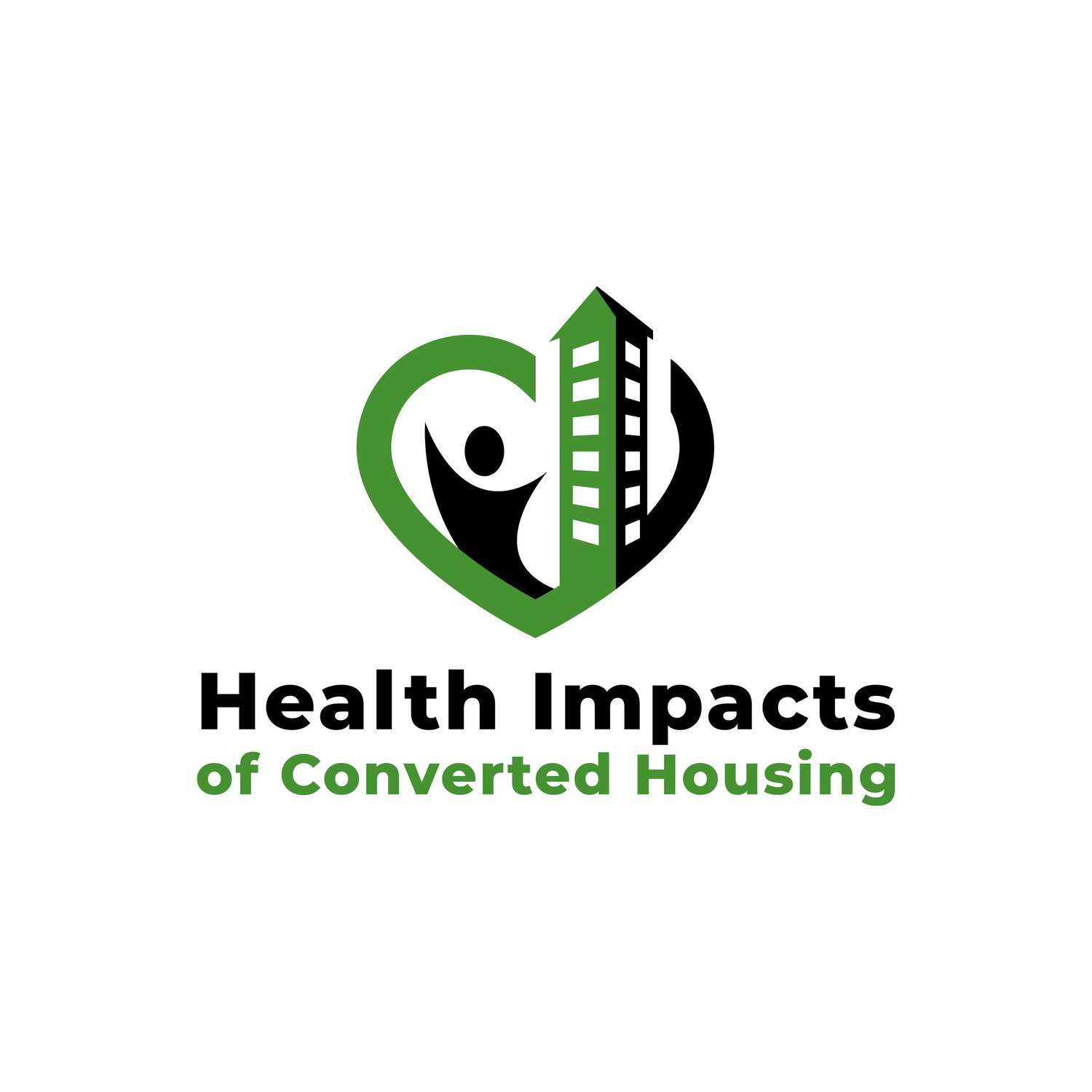Our fieldwork campaign is dedicated to evaluating the internal conditions of converted housing. Our research aims to provide valuable insights into the living conditions of those residing in converted spaces, contributing to informed policy decisions and improved housing quality.
Fieldwork Objectives
Collecting firsthand information and data to comprehensively understand occupant satisfaction and comfort levels within these converted spaces. Specifically, we aim to measure the following aspects:
Exposure Levels: We investigate the exposure levels to excess heat, cold, and indoor air pollutants experienced by populations residing in converted housing.
Daylight, Sunlight, and Acoustic Quality: We assess the availability and quality of natural light (daylight and sunlight) as well as acoustic conditions within converted housing.
Mould Susceptibility: We examine the likelihood of mould development in converted housing and explore its potential health impacts on occupants.
Comparison with English Housing Stock: Finally, we compare the aforementioned levels against exposure conditions prevalent across the broader English housing stock
What Data Are We Collecting?
Air temperature
Relative humidity
Air pollutants produced by people, outdoors and other activities
Daylight
When Are We Collecting The Data?
We will measure temperature, relative humidity, daylight levels, and air pollutants during the hottest and the coldest seasons of the year, 3 months during the summer, plus 3 months during the winter. Continuously every 10 minutes.
Data loggers are automated devices that record specific environmental elements at predefined intervals. They have sensors to record temperature, CO2, etc., digital storage space, and a built-in battery for power.
2 sets of data loggers will be placed per participating dwelling. Each set will record indoor temperature, relative humidity, light levels, and air pollutants. The study simultaneously assesses spaces used for daytime and nighttime activities.
How Are We Collecting The Data?
How Will We Use The Data?
Building Performance Simulations
After the fieldwork, to further understand the conditions of the analysed dwellings, we will create digital building models of the dwellings.
These models include information about the construction materials and how they are occupied.
With these models, we will:
Compare how comfortable and dangerous they might be when compared to typical English dwellings (non-PD buildings) under the same conditions
Assess if they comply with the normative they would have needed to comply at the time they were turned into domestic building




